SNOSB29H November 2009 – May 2022 LMP8645 , LMP8645HV
PRODUCTION DATA
- 1 Features
- 2 Applications
- 3 Description
- 4 Revision History
- 5 Pin Configuration and Functions
- 6 Specifications
- 7 Detailed Description
- 8 Application and Implementation
- 9 Power Supply Recommendations
- 10Layout
- 11Device and Documentation Support
- 12Mechanical, Packaging, and Orderable Information
Package Options
Mechanical Data (Package|Pins)
- DDC|6
Thermal pad, mechanical data (Package|Pins)
Orderable Information
6.8 Typical Characteristics
Unless otherwise specified: TA = 25°C, VS= V+– V–, VSENSE= +IN – (–IN), RL = 10 MΩ.
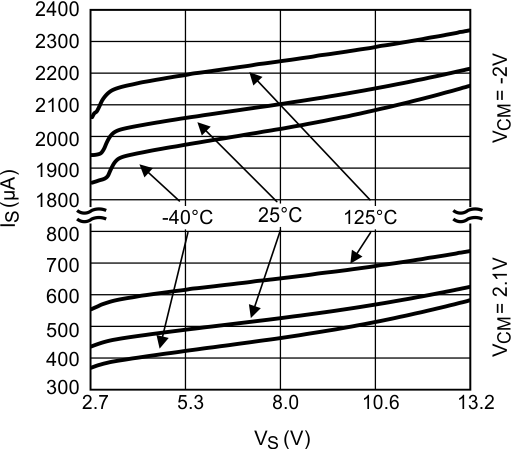 Figure 6-1 Supply Current vs. Supply Voltage
Figure 6-1 Supply Current vs. Supply Voltage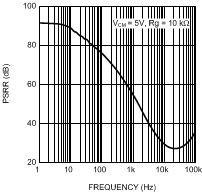 Figure 6-3 AC PSRR vs. Frequency
Figure 6-3 AC PSRR vs. Frequency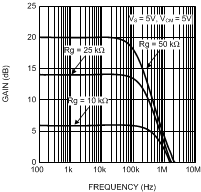 Figure 6-5 Gain vs. Frequency
Figure 6-5 Gain vs. Frequency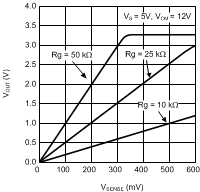 Figure 6-7 Output Voltage vs. VSENSE
Figure 6-7 Output Voltage vs. VSENSE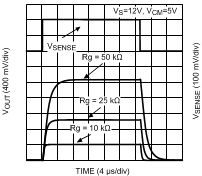 Figure 6-9 Large Step Response
Figure 6-9 Large Step Response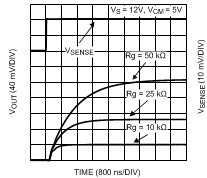 Figure 6-11 Settling Time (Rise)
Figure 6-11 Settling Time (Rise)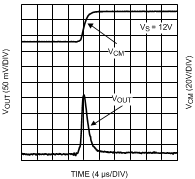 Figure 6-13 Common-Mode Step Response (Rise)
Figure 6-13 Common-Mode Step Response (Rise)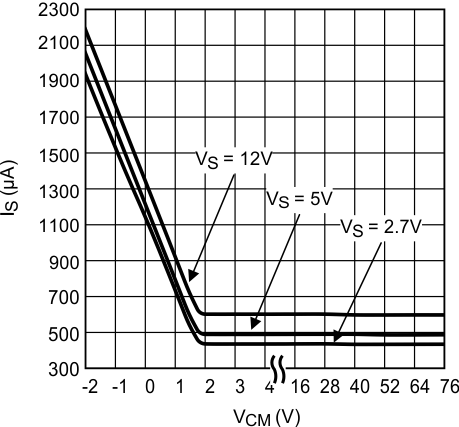 Figure 6-2 Supply Current vs. VCM
Figure 6-2 Supply Current vs. VCM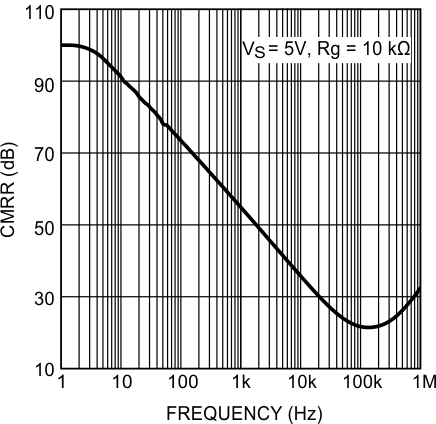 Figure 6-4 AC CMRR vs. Frequency
Figure 6-4 AC CMRR vs. Frequency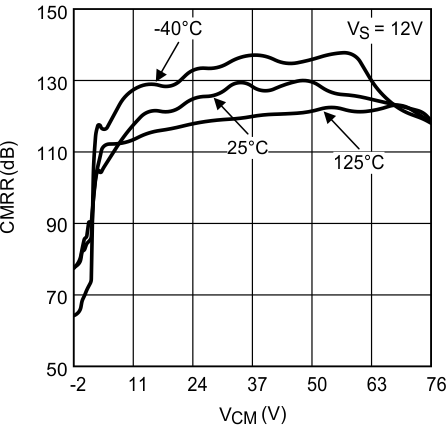 Figure 6-6 CMRR vs. VCM
Figure 6-6 CMRR vs. VCM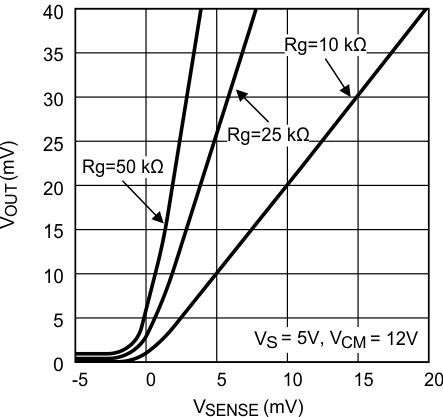 Figure 6-8 Output Voltage vs. VSENSE (ZOOM Close to 0 V)
Figure 6-8 Output Voltage vs. VSENSE (ZOOM Close to 0 V)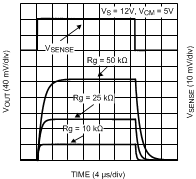 Figure 6-10 Small Step Response
Figure 6-10 Small Step Response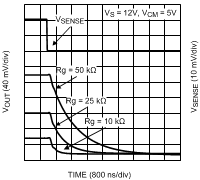 Figure 6-12 Settling Time (Fall)
Figure 6-12 Settling Time (Fall)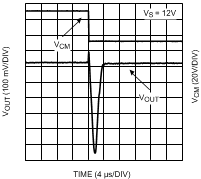 Figure 6-14 Common-Mode Step Response (Fall)
Figure 6-14 Common-Mode Step Response (Fall)